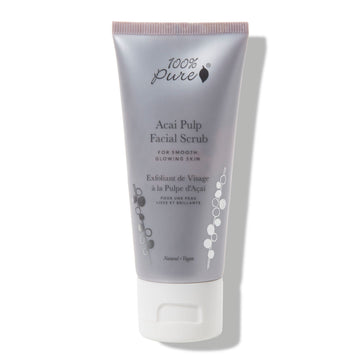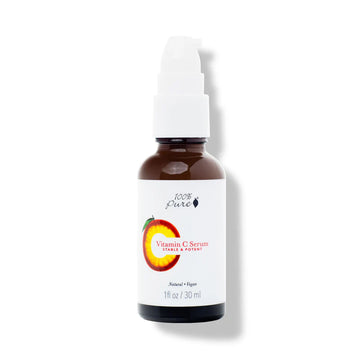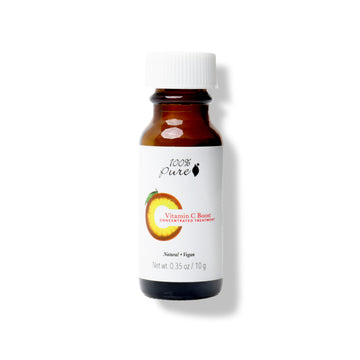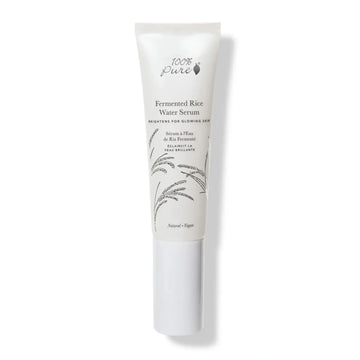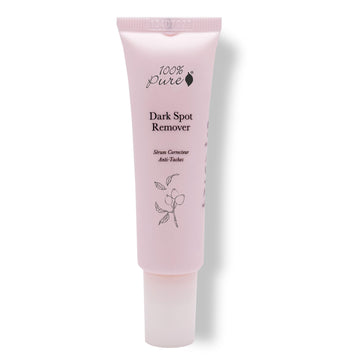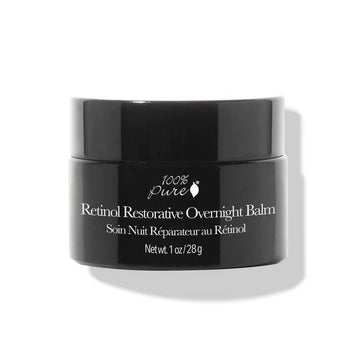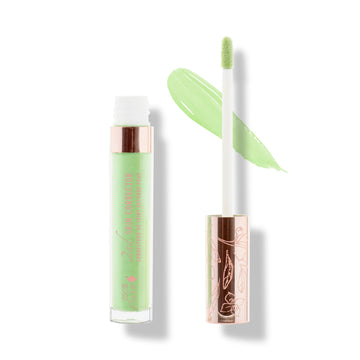Your guide to dark spots after laser treatment, how you can avoid it – plus helpful treatment options
Written by: 100% PURE®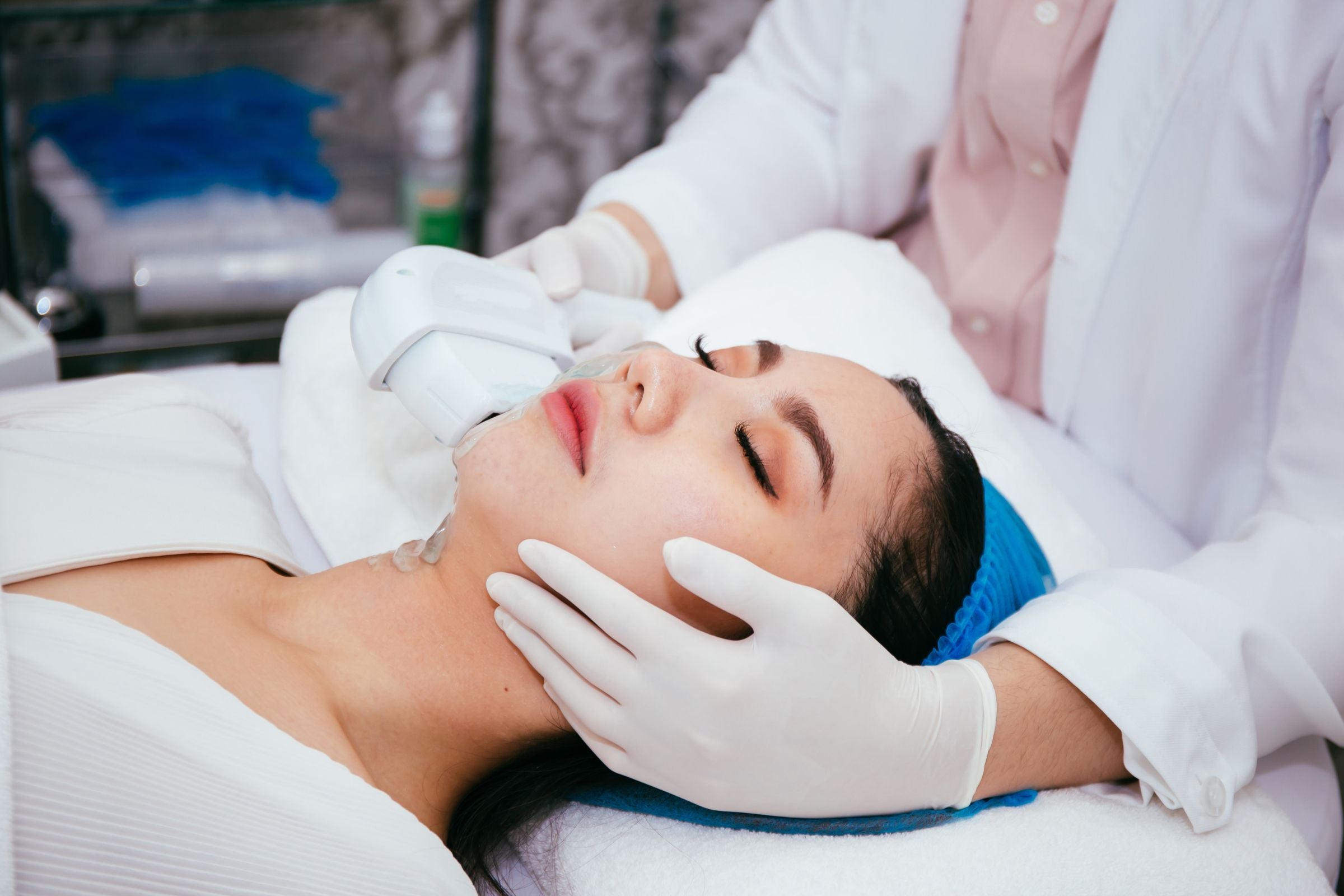
There’s a dark side to our skin that many of us might face at some point – dark spots a.k.a. hyperpigmentation! While hyperpigmentation can be caused by anything from acne scars to eczema, trying to conceal or treat these pesky skin woes can be a challenge.
Fortunately, there is no shortage of options in the treatment of hyperpigmentation, including laser treatment. While some might be candidates for the specialized light therapy, others are more susceptible to post inflammatory hyperpigmentation from the laser treatment.
Let’s delve into hyperpigmentation - most specifically post laser hyperpigmentation – and who is at risk for this condition – plus what you can do to treat and resolve its unwanted side effects.
When it comes to skin health, we always recommend drinking water, sleeping more, and following a good diet and skin care regimen. Sadly, these won’t be enough to eliminate dark areas on your face or body. Hyperpigmentation, commonly identified as dark spots or dark skin patches, occur when our pigment-producing cells are triggered to become bigger and more productive.
There are several triggers to this overproduction of melanin (the main pigment in our skin), which leads to hyperpigmentation on parts or all over the skin. It can be caused by birth control, excessive UV radiation, and heat exposure. It’s been shown in studies that high heat temperature causes blood vessels to dilate and expand, which can potentially spike pigment production.
But prolonged exposure to direct sunlight or extreme heat are not the only triggers for hyperpigmentation. Pigmentation problems can occur or be exasperated by injury to the skin, such as from a consequence of laser treatments.
With the plethora of advanced skin lasers out there, we’re pretty excited at the perspective that these lovely light beams can address just about any skincare concern faster than your average face wash and moisturizer duo do. But that excitement is zapped away if you recover from a laser treatment with more skin woes than you went in to treat.
Post laser hyperpigmentation (PLH) is one of the common skin issues faced after laser treatments. It is caused when skin makes extra melanin after it has been irritated or injured, which laser treatments do. PLH occurs if the wrong laser in general was used or it was the incorrect laser for your particular skin type. It also occurs if you have an inflammatory condition of the skin.
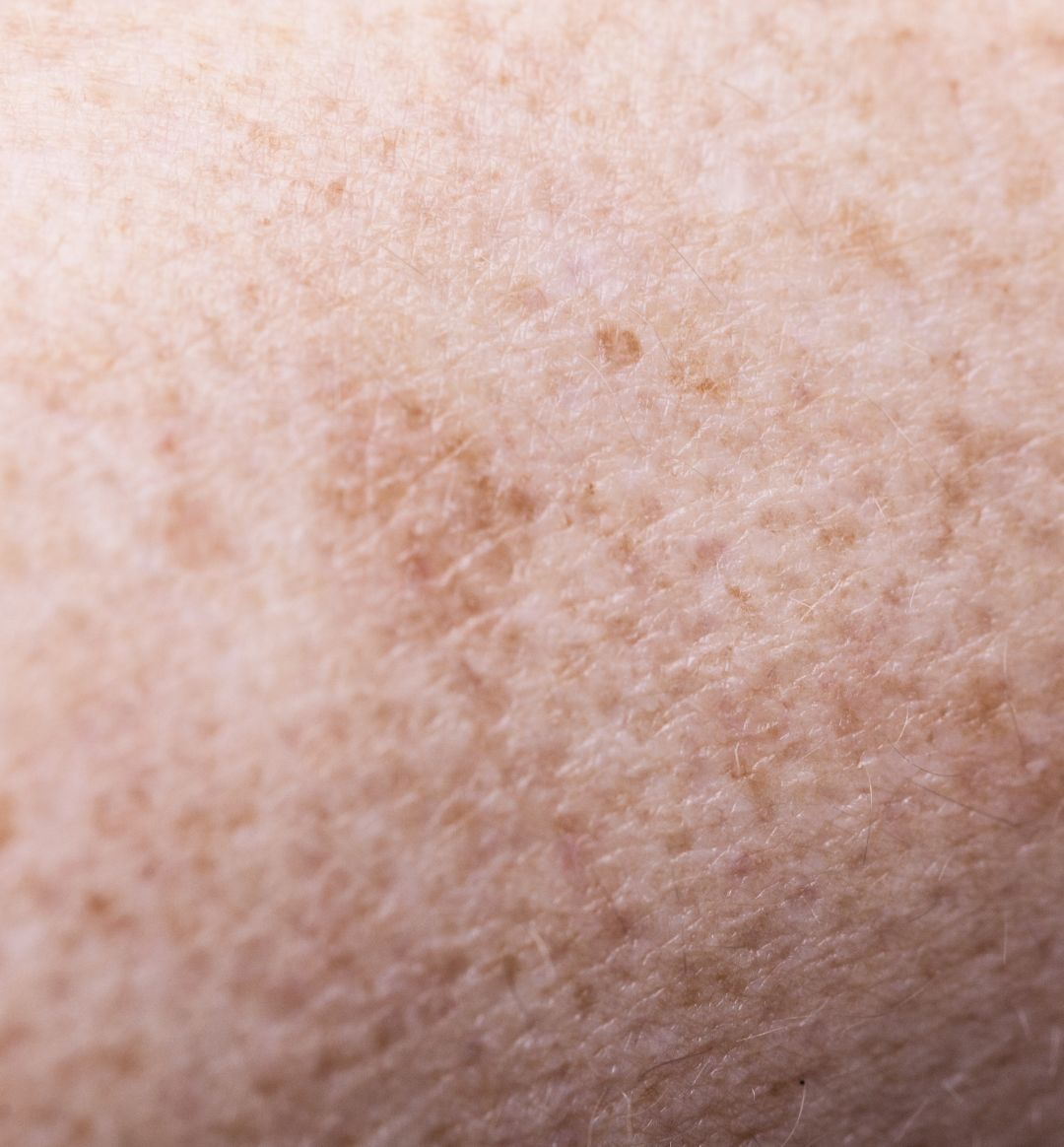
Though laser treatment sounds intimidating and seems to willingly target those with pre-existing inflammatory conditions, the pigmentation damage can happen to both men and women. With that said, there are particular skin types that are more susceptible to PLH.
Darker skin types are the most susceptible to the effects of laser treatment; in particular, Asian, Hispanic, and African American. These skin tones are not only more sensitive to the light therapy, but what type of laser was used. For instance, some lasers go deep within the skin, bypassing the surface layer of melanin; whereas other lasers don’t and can affect the melanin in the top layer of your skin, causing it to react.
Additionally, if you are already dealing with hyperpigmentation, or any inflammatory conditions, such as acne or eczema, studies show laser therapy can exacerbate the issue, which is known as postinflammatory hyperpigmentation (PIH).
Newsletter Subscribe
for more blog updates and exclusive discounts
It’s been said individual results vary, and that couldn’t be truer about laser procedures in general, or especially the side and lasting effects of PLH. It could be temporary while your skin recovers from reacting to the laser energy or heat, and will resolve on its own. Though it’s understandably difficult to be patient, the pigmentation could last one to two month’s post-treatment.
However, if the PLH is persistent, it could take multiple treatments, such as skin lightening products or facial peels (more on those treatments below), and time to see if the pigmentation will fade and your skin will go back to normal. Results also vary depending on if the laser treatment was more superficial and at the epidermal layer versus affecting the epidermis and the dermal or deeper layers, where melanin can get trapped and appear discolored.
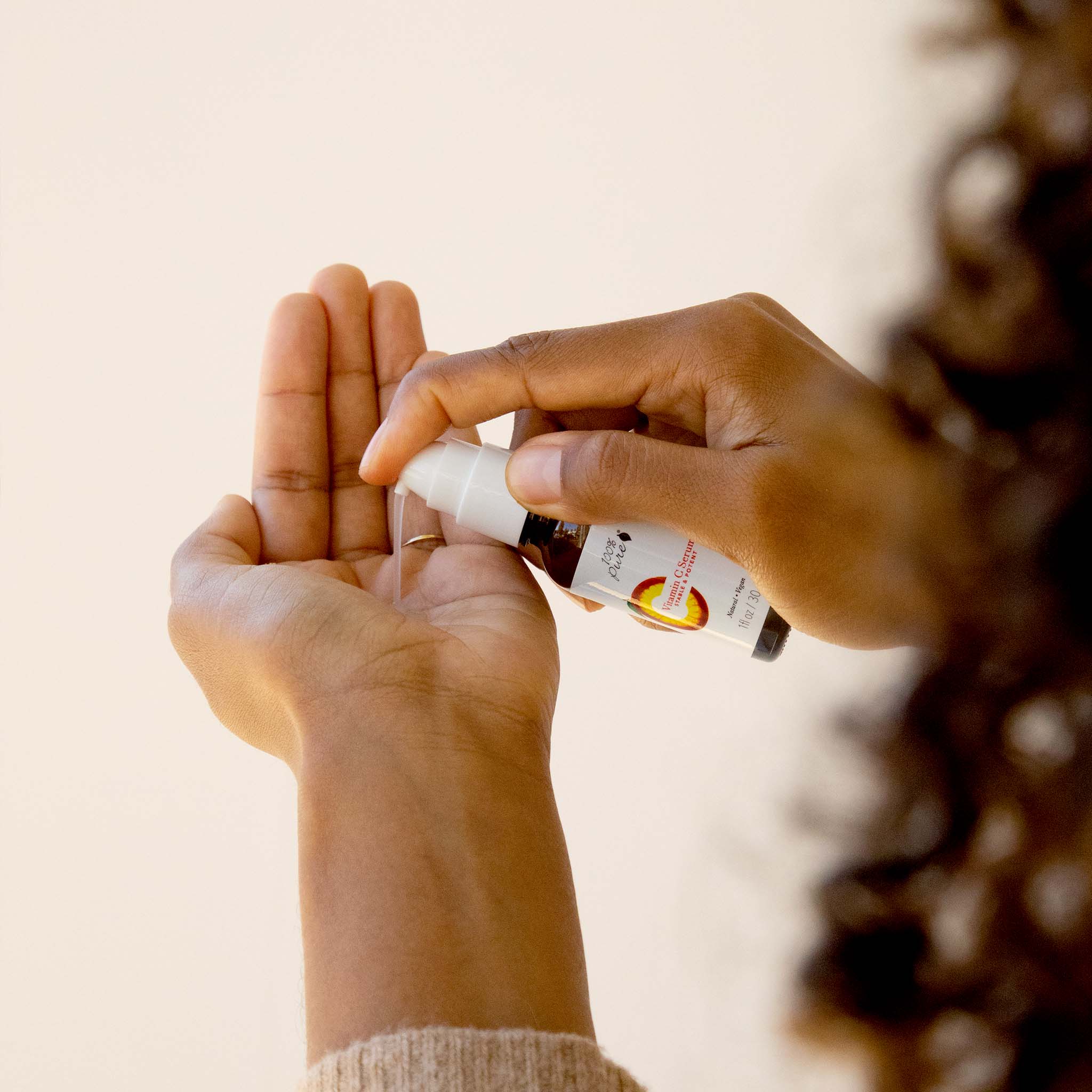
Treatment for post-inflammatory hyperpigmentation often involves more than one method. You could start with a more natural route with healthy, feel-good skin products and ingredients to help fade the hyperpigmentation (without the use of harsh ingredients or treatments) including these:
#1. An exfoliant to minimize dark spots by gently sloughing off dead skin cells with a physical exfoliant (like a facial scrub), or you can use a chemical exfoliant. When choosing the latter, stick with products containing AHAs like glycolic acid.
#2. An antioxidant similar to retinol, like vitamin C, which impedes dark spots and protects against UV damage. If you use a vitamin C product, make sure that it’s one that comes in a stabilized form, such as our lightweight Vitamin C Serum or the concentrated Vitamin C Boost.
#3. Natural brighteners , such our Fermented Rice Water Serum , which helps lessen the appearance of dark spots, and our Dark Spot Remover, which also features skin brightening papaya and matsutake mushroom extracts.
#4. Retinol , like our Restorative Overnight Balm, which can encourage skin cell turnover to help slough away dead skin cells, rejuvenate the skin, and lessen hyperpigmentation.
#5. Natural makeup that blends and matches your skin tone like a dream, including using color correctors under foundation or concealer for better coverage of hyperpigmentation.
#6. Sunscreen that can prevent PIH skin spots from darkening and new ones from forming – plus all the benefits sun protection has to offer!
There are professional treatments for hyperpigmentation, such as chemical peels and other laser therapies. Your doctor might suggest a combination therapy that includes a topical steroid, a retinoid, and formulas that feature the skin-lightening ingredient, hydroquinone. These are options that should be discussed with your board-certified dermatologist as they can be harsh on your skin and can come with their own side effects.
It has been recommended not to treat PLH or post-inflammatory hyperpigmentation with lasers. This hyperpigmentation might be worsened by laser treatment, as the heat and energy can cause the pigment itself to become further entrenched in the skin. Again, any laser treatments should be discussed with your doctor.
Understandably, PLH is a pesky skin culprit that requires time and patience for your skin to recover from. Hopefully, with this information and options, you can better approach the option if you’re considering laser treatment and how your skin type, doctor, and laser type could be factored into your recovery for best results.
In any case, make sure that you’re taking care of your skin through natural ingredients that work to rejuvenate the skin. In time, your skin and body will find a balance that leaves you with healthy, radiant skin.
- Tags: October-2022, Skin Care
We carefully hand-select products based on strict purity standards, and only recommend products we feel meet this criteria. 100% PURE™ may earn a small commission for products purchased through affiliate links.
The information in this article is for educational use, and not intended to substitute professional medical advice, diagnosis, or treatment and should not be used as such.


